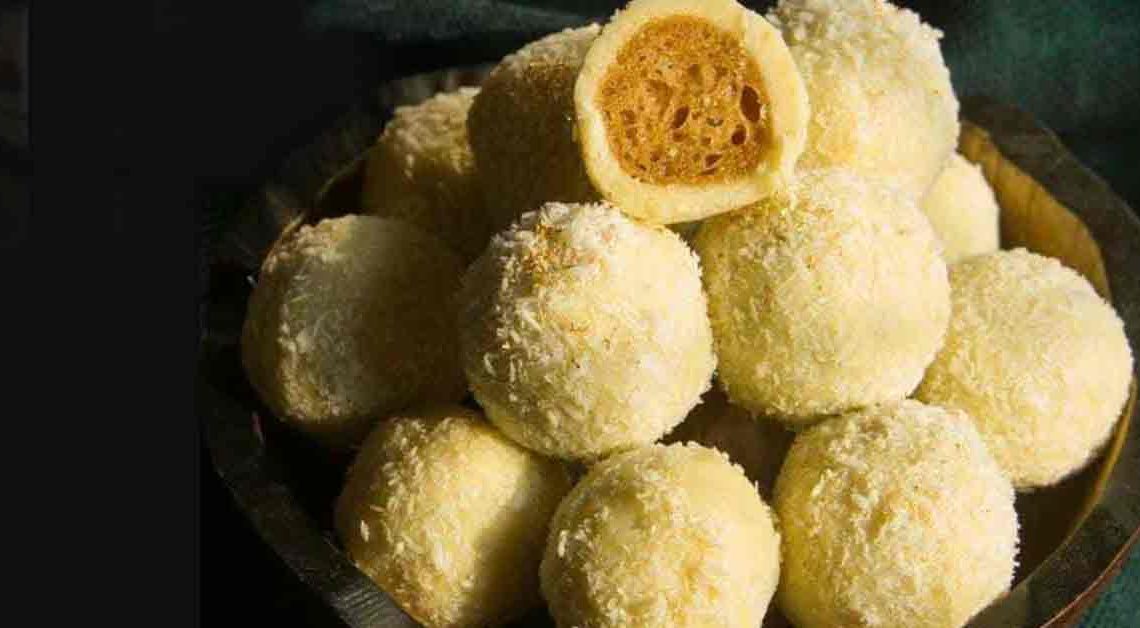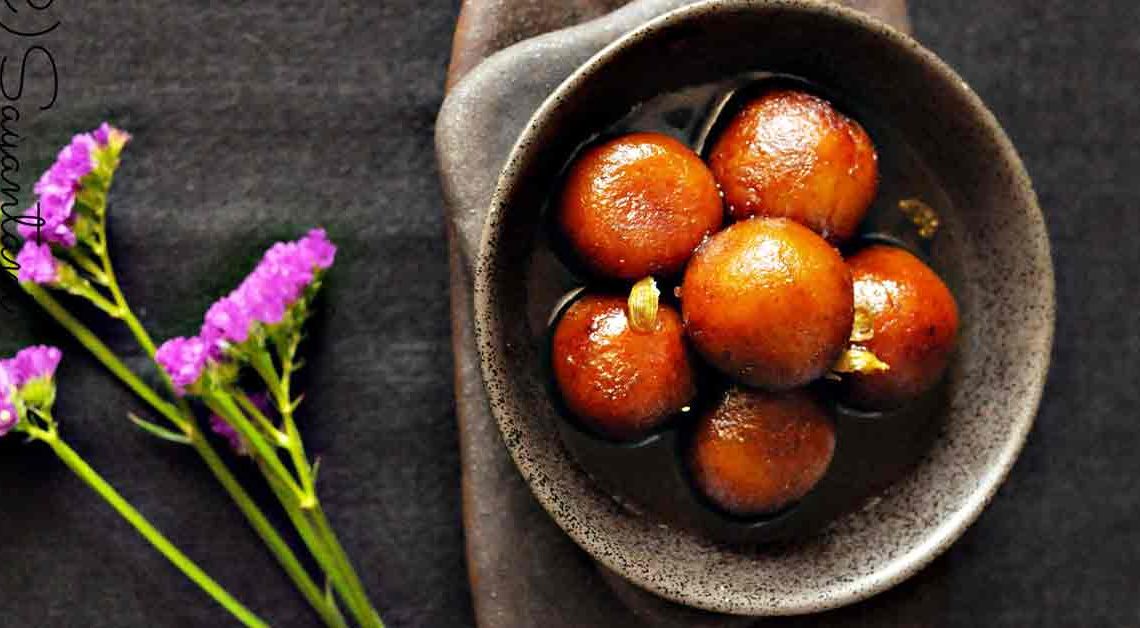Sweet Tales from the Mango Season: Mango Kalakand

Are you ready to embark on a delectable journey on Mithainama that fuses the sweetness of ripe mangoes with the creamy indulgence of kalakand? Welcome to our food blog, where we’re about to unravel the secrets of the most irresistible, mango-infused dessert you’ve ever tasted – Mango Kalakand.
Mangoes, often referred to as the “king of fruits,” have a way of capturing our hearts with their vibrant color, intoxicating aroma, and unparalleled sweetness. When combined with the beloved Indian sweet, kalakand, magic happens. The result is a dessert that embodies the essence of summer and showcases the rich culinary heritage of India.
Get ready to experience a symphony of flavors, as our Mango Kalakand takes you on a culinary escapade that celebrates the sweetest and most beloved fruit of all. It’s a tropical delight you won’t want to miss – stay tuned for the recipe that will change the way you look at mangoes forever.
Origin of Mango Kalakand
Mango Kalakand, a delightful fusion of the rich Indian sweet kalakand and the tropical mango, represents the perfect marriage of flavors. Its origin, deeply rooted in Indian culinary tradition, highlights the creativity and adaptability of Indian sweets.
Kalakand itself dates back to ancient India, with its origins traced to the state of Rajasthan. The word “kalakand” is derived from “kala,” meaning milk, and “kand,” which translates to “sweet.” Traditionally, kalakand is made by reducing milk until it thickens, sweetening it with sugar, and garnishing it with nuts or cardamom. This sweet treat is a staple at festivals and celebrations across India.
The introduction of mango into kalakand likely emerged as a response to the abundance of mangoes during the Indian summer season. Mangoes, often considered the king of fruits in India, have been cherished for centuries. Their addition to kalakand created a refreshing, seasonal variation that quickly gained popularity.
History of Mango Kalakand
Mango Kalakand, a delectable Indian dessert, boasts a fascinating history that spans centuries. Its origins can be traced back to the heart of India’s diverse culinary heritage.
Kalakand, the foundational sweet in this fusion, has roots in ancient India. Originating in the region of Braj in Uttar Pradesh, kalakand was traditionally made by simmering milk until it condensed into a sweet, grainy texture. Over time, this delightful treat gained popularity during festivals and celebrations throughout the country.
The introduction of mangoes into kalakand can be linked to the rich history of mango cultivation in India, which dates back over 4,000 years. Mangoes have been revered as the “King of Fruits” for their unique flavor and cultural significance. As the mango season arrived, ingenious cooks began to incorporate ripe mango pulp into the kalakand recipe. This infusion of sweet, fragrant mangoes added a refreshing and tropical twist to the traditional sweet, elevating its taste to new heights.
Cultural Significance
Mango Kalakand holds cultural significance that extends beyond its delightful taste, making it a cherished dessert in the rich tapestry of Indian culture. Here are some key aspects of its cultural importance:
Celebration of Seasons: It is intrinsically linked to the arrival of the summer season and the mango harvest in India. The mango is considered the “King of Fruits” and is celebrated in various forms, including festivals and culinary traditions. It is a way to mark this seasonal transition and savor the sweetness of the mango at its peak.
Festivals and Occasions: This dessert often takes center stage during important festivals and celebrations, such as Holi, Diwali, and Eid, where sweet treats play a significant role. Mango Kalakand is prepared and shared among family and friends, symbolizing the spirit of togetherness and celebration.
Regional Variations: Different regions of India have their own unique versions of Mango Kalakand, reflecting the diversity of the country’s culinary traditions. These regional variations showcase the influence of local ingredients and flavors, adding to the cultural tapestry of Indian sweets.
Where is Mango Kalakand Famous?
Mango Kalakand is particularly famous in India, where it is celebrated as a beloved and seasonal dessert. The popularity extends across the country, and it is especially renowned in regions where mangoes are grown abundantly. Some of the notable places where it is famous include:
Uttar Pradesh: Uttar Pradesh, the birthplace of kalakand, is a prominent state for this dessert. The city of Mathura, in particular, is renowned for its traditional kalakand, and the addition of mango during the mango season has made a delightful variation in this region.
Maharashtra: In the state of Maharashtra, the Konkan region is famous for its delicious Alphonso mangoes. It is highly popular in this area during the mango season, with local variations that highlight the sweetness of Alphonso mangoes.
Gujarat: Gujarat, another state with a thriving mango culture, celebrates it as a seasonal specialty. The Saurashtra region, in particular, is known for its delectable Mango Kalakand.
Interesting Facts and Trivia
Mango Kalakand is a delightful dessert with a fascinating history and cultural significance. Here are some interesting facts and trivia related to this delectable treat:
- Different types of mangoes are used to make kalakand, including Alphonso, Kesar, Langda, and Dasheri, each imparting a unique flavor and aroma to the dessert.
- In Indian culture, offering it is a gesture of hospitality, and it symbolizes warmth and respect for guests and loved ones.
- It can be enjoyed in various forms, from traditional square-shaped pieces to decorative rolls and even served as a filling for desserts like crepes or pastries.
- The popularity has led to its incorporation into fusion dishes and desserts, offering a contemporary twist to traditional Indian sweets.
- With its delightful taste and cultural significance, it has made its way into the global market, enjoyed by people of diverse backgrounds and cultures.
Did You Know?
Mango Kalakand isn’t just a delicious dessert; it also offers several health benefits when consumed in moderation.
- Mangoes are a primary ingredient in Mango Kalakand, and they are packed with essential vitamins, particularly vitamin C and vitamin A. These vitamins are known to boost immunity, promote good vision, and support overall well-being.
- The milk used in making kalakand provides a significant amount of calcium, which is crucial for strong bones and teeth. Consuming Mango Kalakand can contribute to your daily calcium intake.
- The enzymes in mangoes, such as amylases, aid in digestion. The fiber in the fruit can also help prevent constipation and promote a healthy digestive system.
- The natural sugars in mangoes provide a quick energy boost. When combined with the proteins and fats from milk in Mango Kalakand, it can provide a sustained source of energy.
- Mangoes have a high water content, contributing to hydration, especially during the hot summer months.







